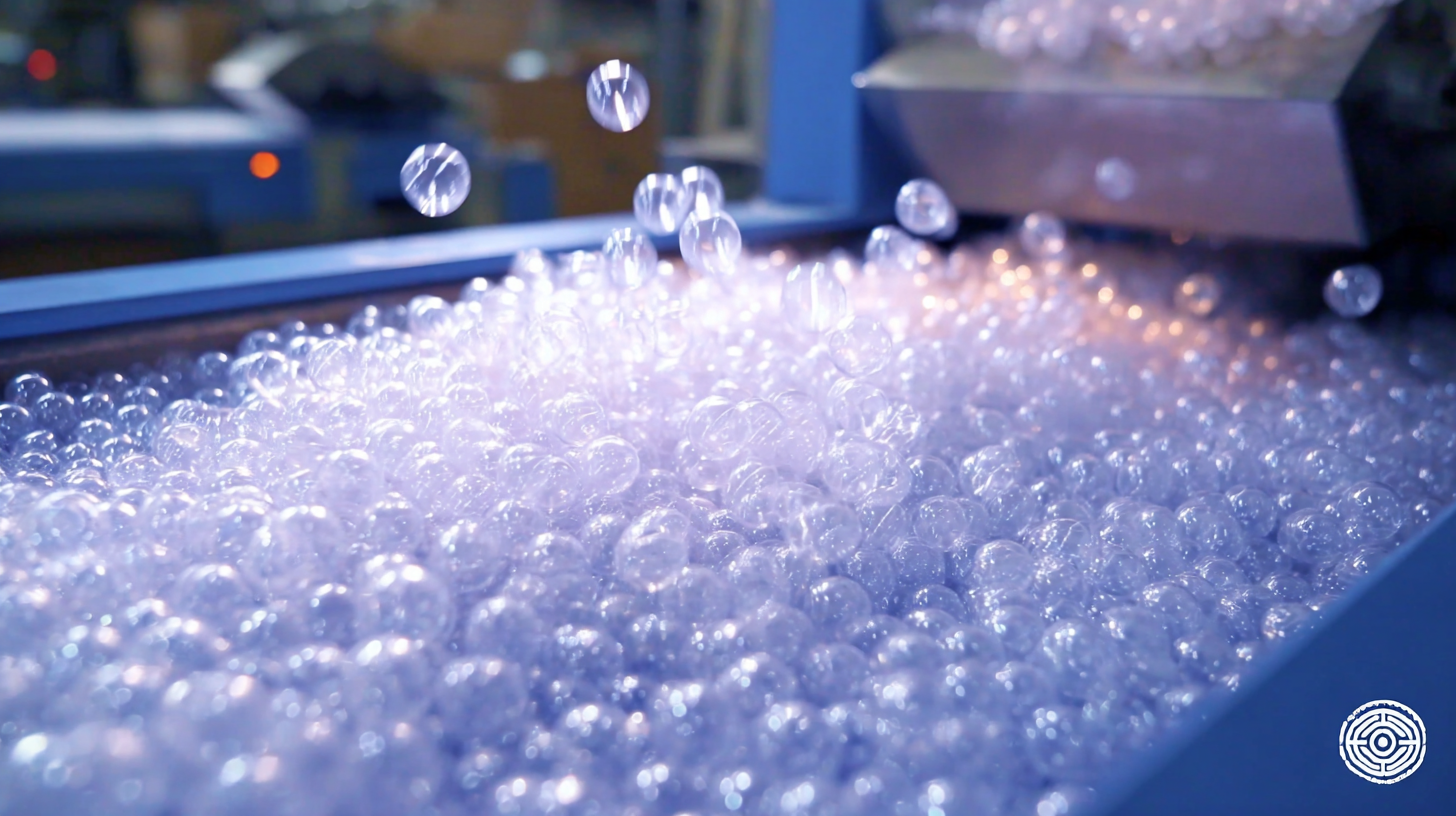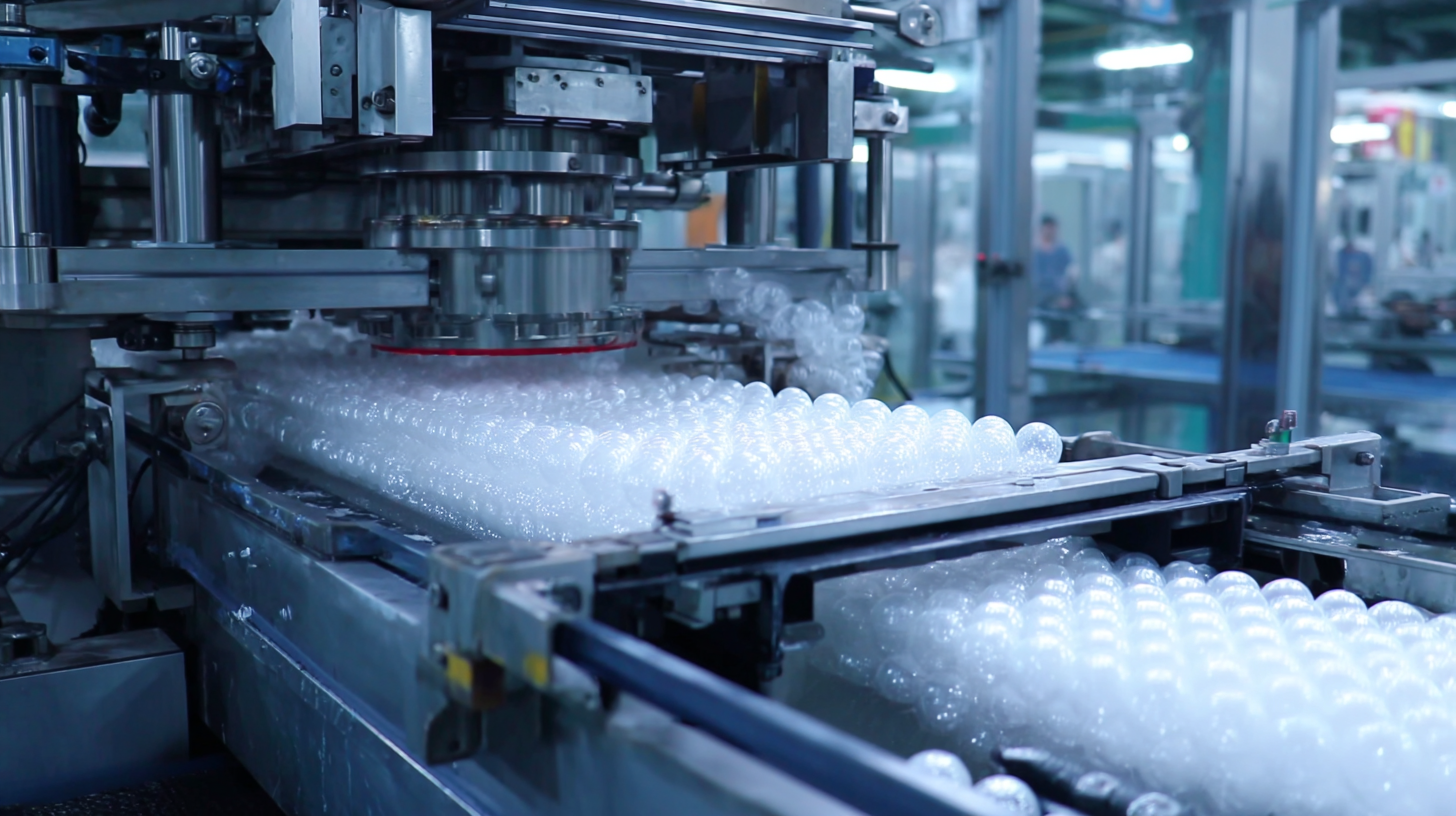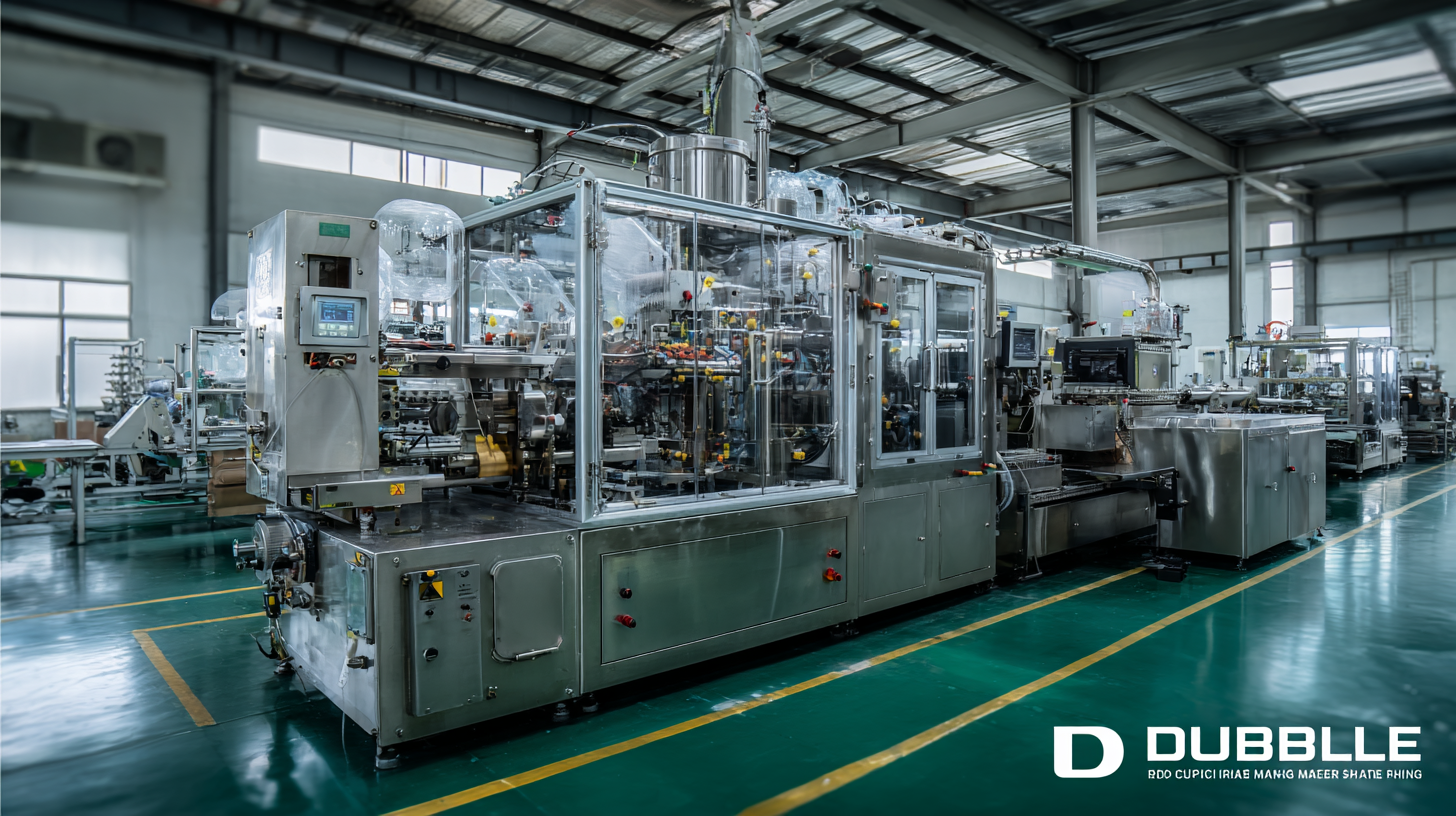
Best Bubble Packing Machine Application Insights and Common Challenges in Packaging Industry
In an era where efficiency and sustainability dominate the packaging industry, the application of innovative technology such as the Bubble Packing Machine has become pivotal. According to a recent report from Smithers Pira, the global packaging market is expected to reach $1 trillion by 2025, driven by the demand for convenient and eco-friendly solutions. Bubble packing, in particular, offers a protective yet lightweight solution that significantly reduces shipping costs and material waste. However, despite its advantages, the implementation of bubble packing machines presents challenges, including the need for skilled operators and maintenance requirements.

In this blog, we will explore the latest insights on bubble packing machine applications, common challenges faced by manufacturers, and future trends shaping the packaging landscape in 2025 and beyond.
Key Applications of Bubble Packing Machines in Various Industries
Bubble packing machines have become essential tools across various industries due to their ability to provide superior protection for products during transit. In sectors such as electronics, pharmaceuticals, and e-commerce, these machines enhance packaging efficiency and reduce damage rates. According to a 2022 report by Packaging Strategies, the demand for bubble packaging in the electronics sector, for instance, is projected to grow at a CAGR of 5.8% through 2026, driven by the rising need for protective packaging solutions for fragile items.
In addition to electronics, the pharmaceutical industry also heavily relies on bubble packing machines to ensure the integrity of sensitive products. A survey conducted by the Healthcare Packaging Association revealed that 78% of pharmaceutical companies consider bubble packaging critical in preventing damage and contamination during shipping. With the increased focus on quality and safety, these machines enable manufacturers to meet strict regulatory standards while maintaining operational efficiency. Ultimately, by addressing these specific needs, bubble packing machines play a vital role in optimizing packaging processes across multiple sectors.
Application Insights of Bubble Packing Machines in the Packaging Industry
Essential Features to Look for When Choosing a Bubble Packing Machine
As the packaging industry evolves, the demand for efficient and reliable bubble packing machines is on the rise, with the market projected to reach USD 5.75 billion by 2025. One critical aspect that manufacturers must consider when selecting a bubble packing machine are the essential features that can enhance productivity and streamline operations. Key features such as automated processes, adjustable sealing temperatures, and user-friendly interfaces are paramount in addressing common challenges faced during packaging.
Moreover, the overall filling machine market is expected to grow significantly, reaching USD 8.12 billion by 2025. The increasing adoption of automation and smart technologies in packaging processes reflects a broader trend towards efficiency and cost-effectiveness. Industry reports indicate that during the period from 2025 to 2032, the CAGR for this market is expected to be 5.02%. This growth signifies a shift in focus towards technologically advanced packing solutions that can handle various product types while ensuring sustainability and reducing waste, crucial factors in today's environmentally conscious market.

Common Challenges Faced in Packaging and Solutions to Overcome Them
The packaging industry faces numerous challenges that can hinder efficiency and effectiveness in operations. One prominent issue is the need for adaptability in packaging solutions. With consumer preferences constantly evolving, packaging machines must be versatile enough to accommodate different product sizes and materials. Companies often struggle to find machines that can handle these variations without significant downtime or retraining. Implementing adjustable settings and modular designs can help manufacturers overcome this hurdle, ensuring they can respond swiftly to market demands.
Another common challenge is maintaining product protection during transit. Packaging must not only be efficient but also ensure the integrity of the products inside. Poorly designed packaging can lead to damage, increased returns, and customer dissatisfaction. Manufacturers can invest in advanced bubble packing machines that provide superior cushioning and protection while optimizing material usage. Automation in packaging processes also diminishes human error, ensuring consistent quality and reliability in the packaging line, ultimately enhancing customer trust and satisfaction.
Maintenance Checklist for Ensuring Optimal Performance of Packing Machines
In the packaging industry, maintaining optimal performance of packing machines is crucial for efficiency and cost-effectiveness. According to a report by the Freedonia Group, the demand for packaging machinery is projected to reach $55 billion by 2025, highlighting the importance of keeping these machines in peak condition. A well-structured maintenance checklist can significantly reduce downtime, enhance productivity, and extend the lifespan of bubble packing machines. Key elements of this checklist should include regular inspections of critical components, lubrication, calibration of settings, and checking for wear and tear on seals and gaskets.
Moreover, a study by the Packaging Machinery Manufacturers Institute (PMMI) emphasizes that nearly 70% of packaging line downtime is attributed to equipment failures. Routine maintenance, including cleaning and replacing worn parts, can minimize these interruptions. Operators should document each maintenance action, as this not only creates a historical record but also aids in identifying recurring issues, enabling proactive measures. By integrating these maintenance practices, companies can ensure their bubble packing machines operate smoothly, ultimately boosting their productivity in a competitive packaging landscape.
Best Bubble Packing Machine Application Insights and Common Challenges in Packaging Industry - Maintenance Checklist for Ensuring Optimal Performance of Packing Machines
| Application Area | Common Challenges | Maintenance Tips | Optimal Performance Indicators |
|---|---|---|---|
| E-commerce Packaging | Damage during transit | Regular inspection of sealing elements | Minimal return rates due to packaging issues |
| Food Packaging | Material compliance and hygiene | Daily cleaning and sanitization | Shelf-life extension |
| Electronics Packaging | Static electricity damage | Use of anti-static materials | Zero product failure rate |
| Automotive Parts | Moisture exposure | Proper sealing and storage | No corrosion or rust |
| Pharmaceuticals | Tampering and counterfeit | Implement tamper-evident features | High compliance ratings |
Future Trends in Bubble Packing Technology and Their Impacts on Packaging Sector
The bubble tea market is rapidly evolving, with projections estimating its value to reach $2.63 billion globally by 2024, further increasing to $4.78 billion by 2032. This growth is fueled by several key trends shaping the industry, which also reflect the broader future of bubble packing technology. Flavored blends and health-conscious varieties are driving consumer preferences, while customization and innovative toppings are becoming mainstream.

To stay competitive, businesses should prioritize sustainability initiatives and integrate advanced technologies into their operations. Investing in eco-friendly packaging solutions not only meets consumer demand for greener options but also enhances brand reputation. Additionally, leveraging technology can streamline production processes and improve product quality.
Tips for Implementation:
- Explore partnerships with sustainable packaging suppliers to reduce environmental impact.
- Implement a customer feedback loop to better understand and anticipate consumer preferences.
- Stay ahead of industry trends by regularly attending trade shows and innovation forums.